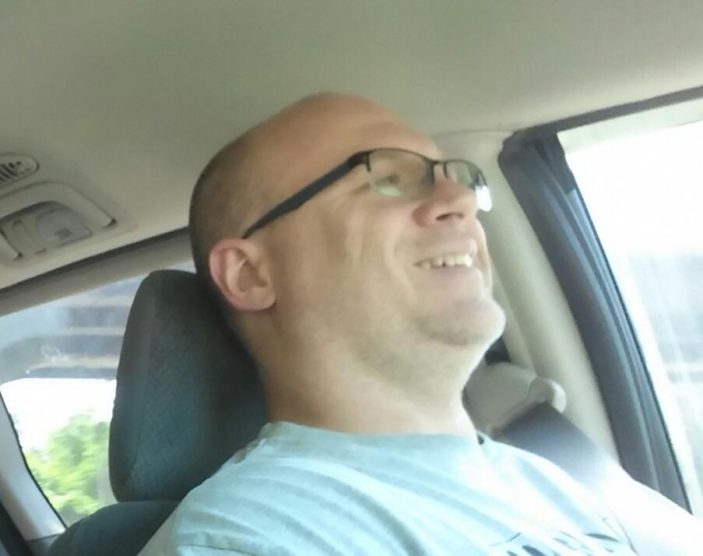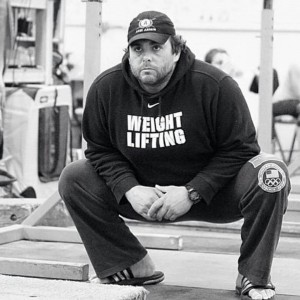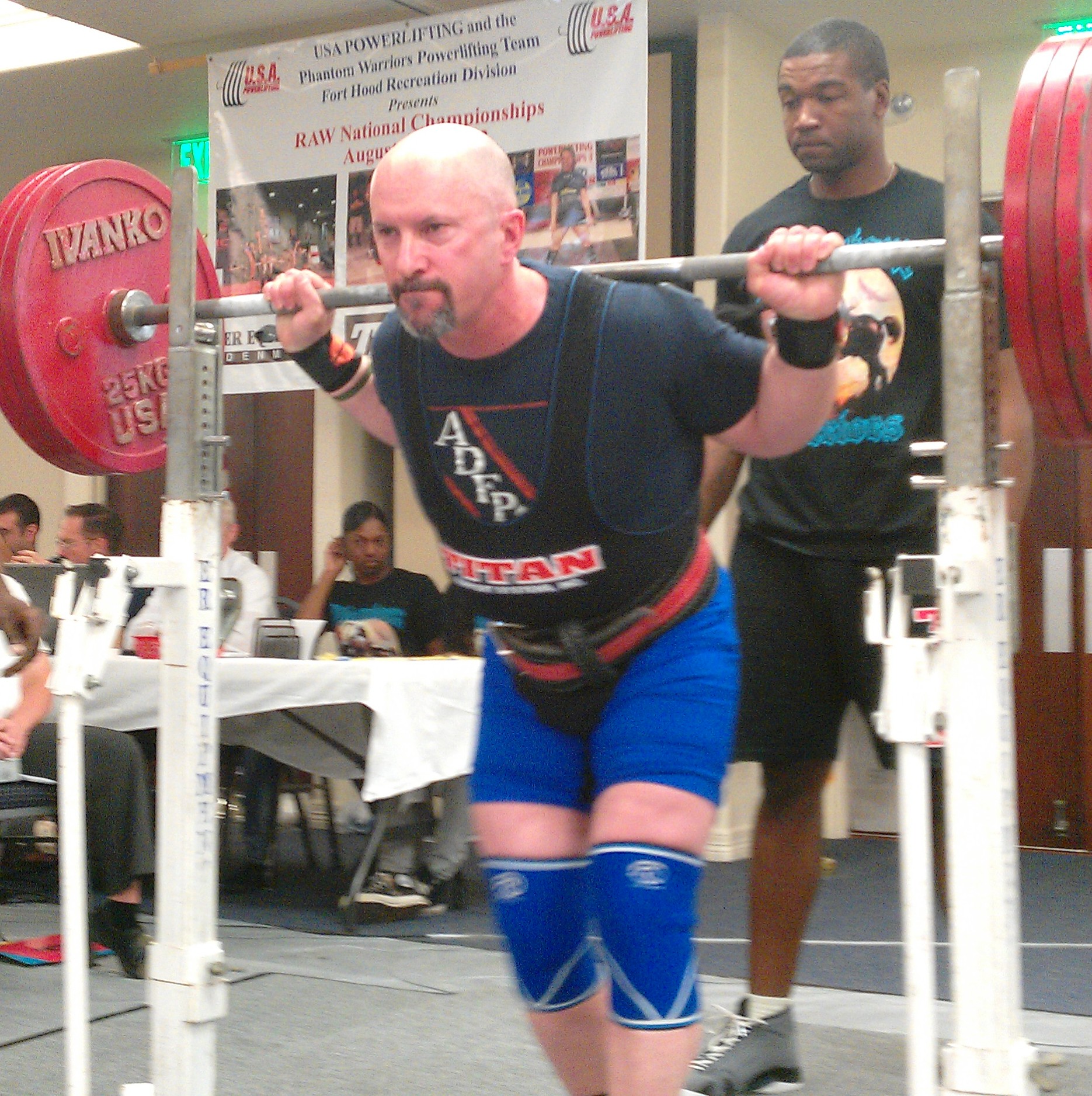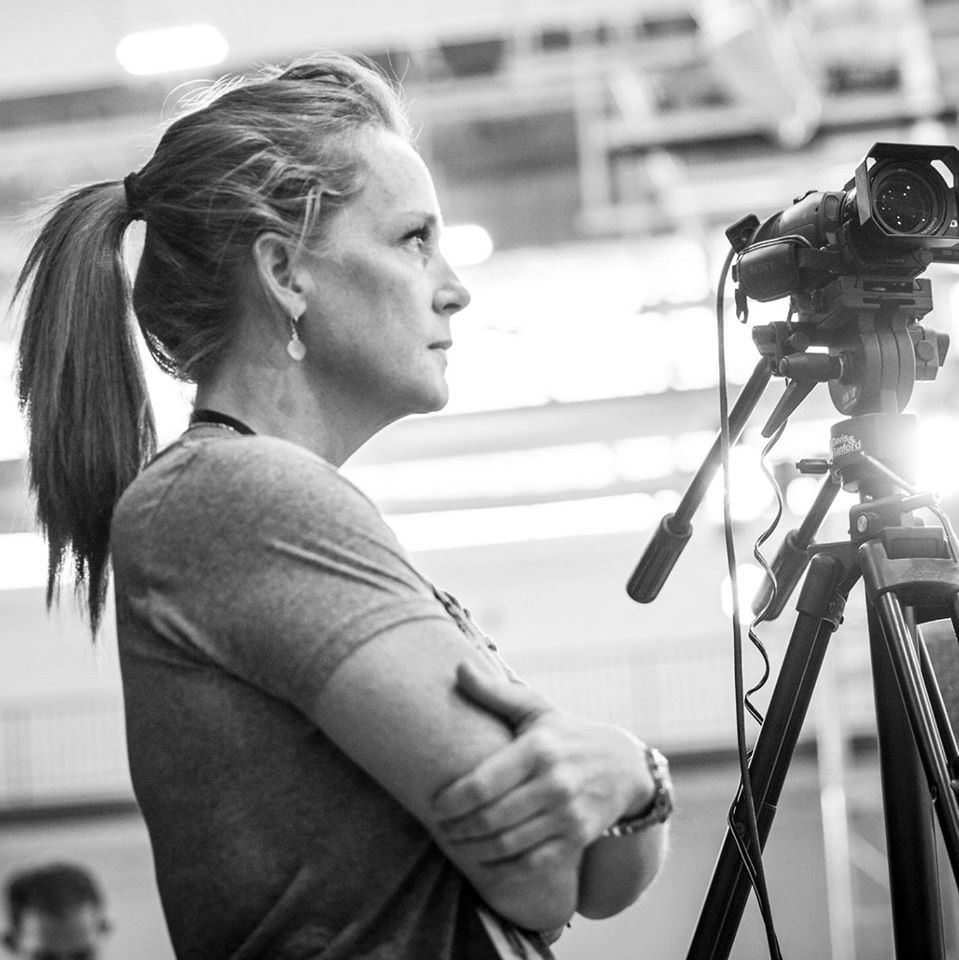As an athlete, Sean Waxman is a national medal winner and five-time California State weightlifting…

Incremental Changes: Interview with East Coast Gold Coach Jim Storch
Please share a bit about yourself and how you got into weightlifting:
I am a husband, father, and grandfather. I am a Respiratory Therapist by profession. In 1972 (I was 6 years old) I saw weightlifting on TV from the Olympics and knew immediately that I wanted to do it. Saw it again in ’76 and still knew that it was what I wanted to do. I finally got a weight set for Christmas in ’79 and have been lifting since. It was 1984 before I found the opportunity to go to a weightlifting meet.
How has your training evolved over the years?
When I started out I had absolutely no idea how to train for weightlifting. At the very beginning I didn’t even know what a snatch or a front squat was. Most of the information that I could find was about bodybuilding, so that was how I trained… like a bodybuilder with the clean and jerk thrown in. In ’82, ESPN was still new and I just happened to catch them showing a weightlifting meet. Unlike in ’72 and’76, they actually showed the lifters snatching. I taught myself how to snatch after that. At that point I didn’t know there was such a thing as a power snatch. All the snatches that I remember ESPN showing from that meet were squat snatches.
August tells me that you’ve competed in “something like over 130 meets.” Has your approach to competition changed over that time?
Most of the changes have been so incremental that it is difficult for me to define specifics, but one significant change was that I learned how to count attempts. In a weightlifting meet, the weight of your first attempt helps determine your position in the lifting order. The meet begins with the lowest weight and progresses up from there. Many beginning lifters don’t know how to plan their warm-ups in their first few meets. The rule that I follow is that, for every three attempts on the platform, I do a warm-up set. This gives me about 2-3 minutes between warm-up lifts and also helps me determine when to start warm-ups. I can figure out where I’ll start in the order of lifting on the platform.
Do you have a particularly memorable experience from all those years of competing?
At the Gold Cup Challenge in Moorestown NJ, I went 6 for 6 and totaled 300kgs. That was October 23, 2004. At that time, I was actually going to college—it was a small college—and I helped them with their lifting. They told me to join the throwing team. I’d never thrown before, but I trained with them, throwing a little bit. I think the throwing kind of filled a void that I’d never hit before in my training, and that contributed more than anything else to me being able to hit 300 at the time.
How long have you been coaching, and is there a specific demographic of athletes that you work with?
Out of necessity, I started coaching right from the start. There was no internet and no YouTube, and most people with whom I had regular contact knew less about the sport of weightlifting than I did. I don’t work with a specific demographic-I’ve had athletes across the spectrum in terms of age and ability.
What is one of the most common faults you see with beginning lifters, and how do you go about addressing it?
A common fault with beginners is that they rely on the arms to make the weight go up rather than to help move the body under the bar. I explain the concept, demonstrate, repeat, and repeat as needed. If the initial cues aren’t quite clicking for the athlete, I would have them practice pulls from various heights-pulling to just a shrug without bending the arms at all. If someone is really strong and tends to “reverse curl,” I have them use a weakened grip with an empty bar (or a little weight if the athlete is very strong). I would have them run the bar between the middle and ring finger, with the ring finger and pinky as the only fingers left around the bar on both hands. The athlete would then do muscle cleans or even power cleans with that grip. It effectively weakens the arms. I would also mix pulls from various heights with cleans and snatches-only pulling with straight arms though. If arm use is the problem, I have them avoid doing any high pulls with bent arms.


